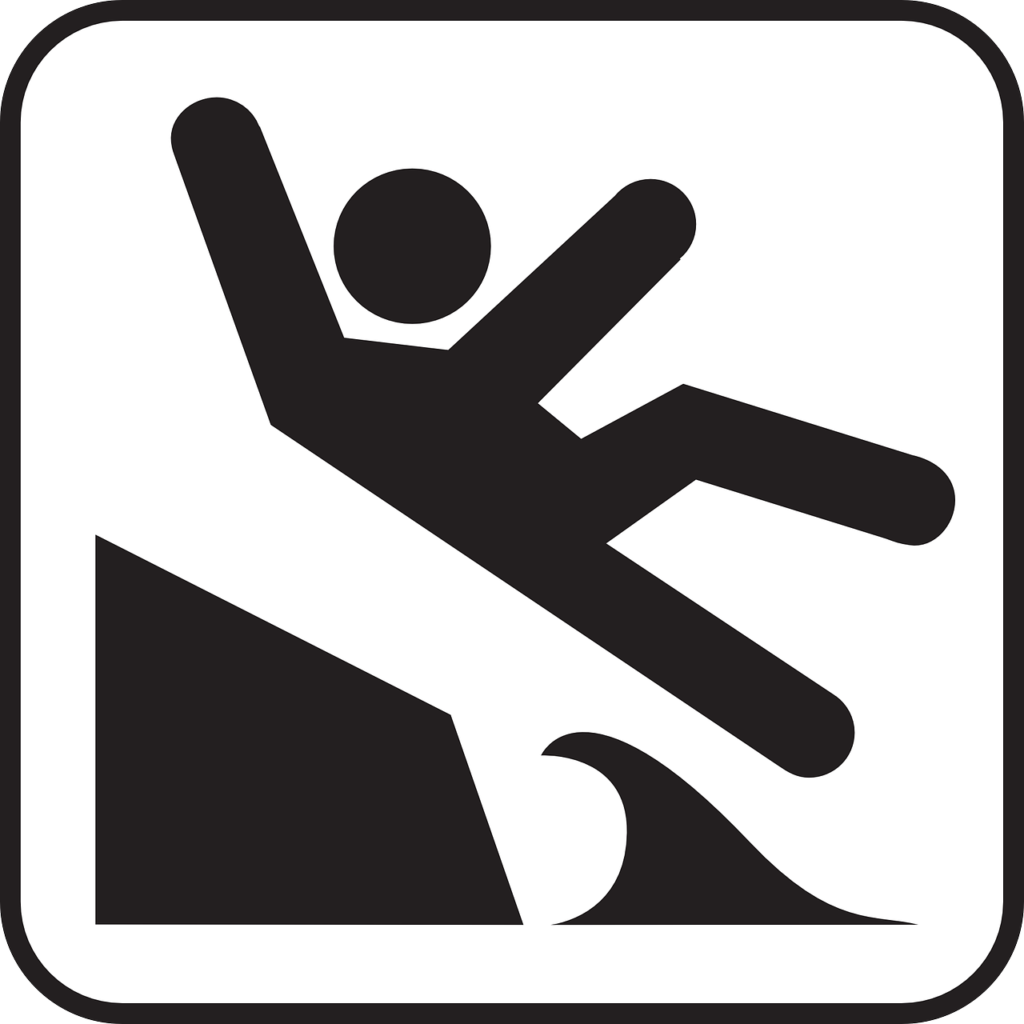
Premises liability is an important area of law that comes into play when an individual is injured on someone else’s property due to unsafe or hazardous conditions. In Texas, as in many other states, premises liability laws exist to protect individuals and ensure that property owners maintain a safe environment for those who visit their premises. Whether you’re a property owner or someone who has been injured on another’s property, understanding the basics of premises liability in Texas is crucial. In this blog post, we will discuss the key aspects of premises liability in Texas and what you need to know.
1. Types of Visitors
In Texas, premises liability cases often hinge on the classification of the visitor. The law distinguishes between three primary categories of visitors:
– Invitees: Invitees are individuals who are invited onto the property for the owner’s financial benefit or as part of a business relationship. Property owners owe the highest duty of care to invitees and must take reasonable steps to ensure their safety.
– Licensees: Licensees are individuals who have the property owner’s permission to be on the premises but are not there for the owner’s financial benefit. Property owners must warn licensees of any known dangers that may not be obvious.
– Trespassers: Trespassers are individuals who enter the property without permission. Property owners typically owe the least duty of care to trespassers, but they are not allowed to set up traps or hazards to intentionally harm them.
2. Proving Negligence
To successfully pursue a premises liability claim in Texas, the injured party must prove that the property owner was negligent in maintaining the premises. This generally involves demonstrating the following elements:
– The property owner had a duty to the injured party.
– The property owner breached that duty.
– The breach of duty directly caused the injury.
– The injury resulted in damages.
3. Common Causes of Premises Liability Claims
Premises liability claims can stem from a wide range of situations, including:
– Slip and fall accidents due to wet or slippery floors.
– Tripping hazards, such as uneven sidewalks or objects left in walkways.
– Inadequate security leading to assaults or criminal activities on the property.
– Inadequate maintenance, resulting in dangerous conditions.
– Dog bites and other animal-related injuries.
4. Defenses Against Premises Liability Claims
Property owners often have defenses they can use to protect themselves against premises liability claims in Texas. Some common defenses include:
Lack of knowledge: If the property owner was unaware of the hazard and had no reason to be aware, they may not be held liable.
Open and obvious dangers: If the hazard was open and obvious, and the injured party should have noticed it, the property owner may not be held liable.
Contributory negligence: If the injured party’s actions contributed to their own injury, it may reduce the property owner’s liability.
5. Seek Legal Counsel
Navigating the complexities of premises liability law in Texas can be challenging. Whether you are a property owner looking to protect your interests or someone who has been injured on another’s property, it’s essential to consult with an experienced attorney. They can provide guidance and help you understand your rights and responsibilities under Texas premises liability law.
Conclusion
Premises liability is a crucial area of law designed to protect individuals from harm while on another person’s property. Understanding the basics of premises liability in Texas, such as the different types of visitors, the elements of proving negligence, common causes of claims, and potential defenses, is essential for both property owners and visitors. If you find yourself involved in a premises liability case, seeking legal counsel is the best way to ensure your rights are protected and justice is served

